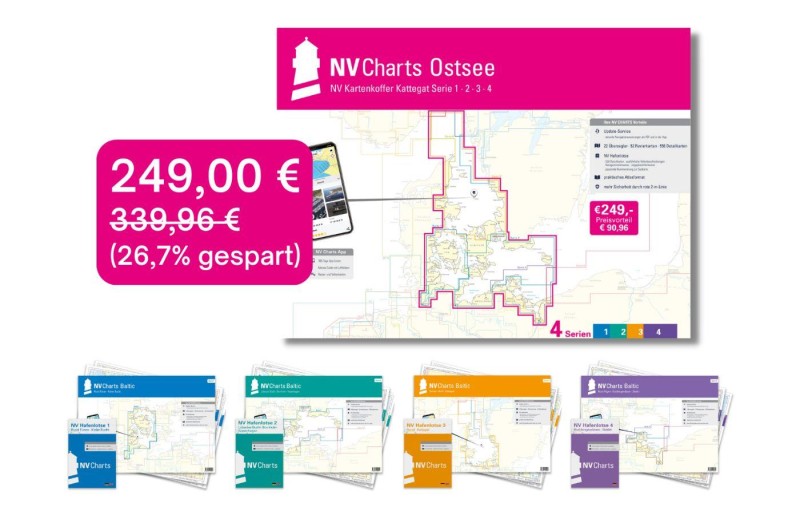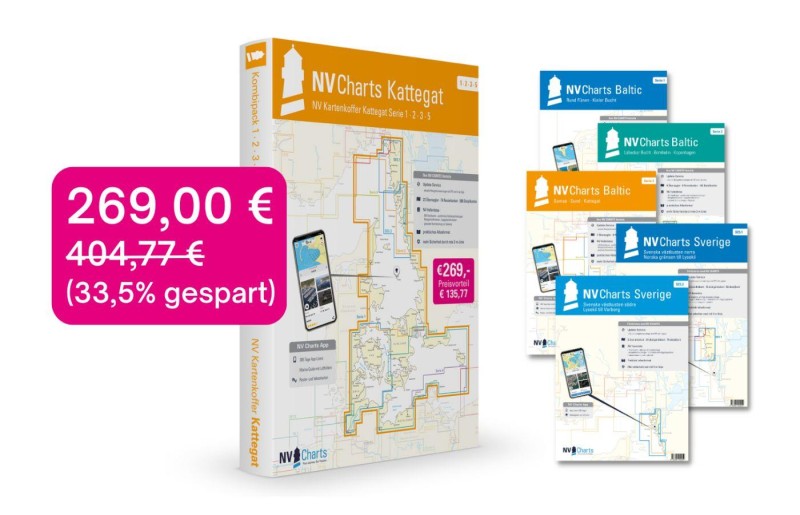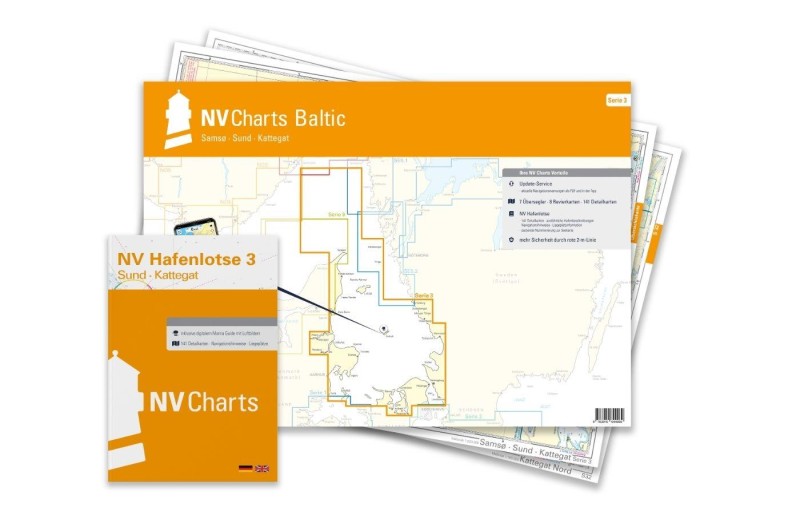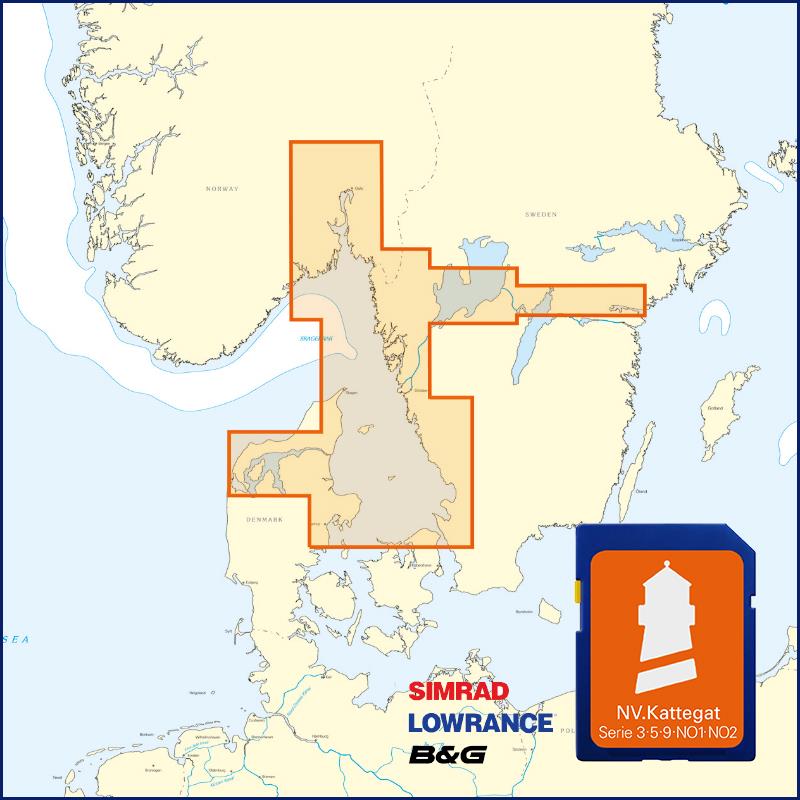Hals
Marina near Hals
Latitude
56° 59’ 25.7” NLongitude
10° 18’ 28.4” EDescription
Popular pilotage and fishing port at the eastern exit of the Limfjord.
NV Cruising Guide
Navigation
The approach to the lighted harbour is possible day and night. Due to the strong harbour lighting it is difficult to see the small sector leading light at the pier at night. Entering the harbour a strong cross current is to be expected.
Berths
Guests will find good berthing opportunities in the inner part of the harbour on free spaces or on the inside of the south-western breakwater. The two middle piers can be a bit choppy on the south side due to swell. The water depths are around 3-4 m. The pilot berths in the south-eastern part of the harbour may not be used by yachts. The new harbour to the east of the fishing port is mainly occupied by local small boats.
Surroundings
At the recommendable, hospitable harbour there are good sanitary facilities as well as a repair service, fuel, shops and restaurants. Further good shopping facilities can be found in the centre of Hals, 500 m away (ferry connection across the Limfjord to Egense, bus connection to Aalborg).
NV Land Guide
Hals, the gateway to the Limfjord (see NV. Sportschiffahrtskarten series 9) with its impressive lighted beacons, is popular with many sports boaters as a transit stop. The popularity is probably due in no small part to the good supply possibilities of the ferry and fishing town at the eastern exit of the Limfjord. Four restaurants near the harbour, a ship's chandlery and grocery stores are among the shops in this small town with a village atmosphere, which has a population of 2600 and is too lively in summer to stay here for more than a day. The large holiday home area along the beautiful sandy beach has its share in the lively seasonal activity. The harbour is also a busy "crossroads" for several destinations: Besides Skagen, Læsø or Anholt, the Limfjord is one of them, which is a charming alternative to the harbours on the coast of Northern Jutland, especially during a longer period of heavy weather.
The most eye-catching sight of Hals stands at the market square: the jawbones of a "Boryvalus" whale, as high as a house. The exceedingly powerful bones come from a whale killed by Captain Klitgaared and his men in the northern Arctic Ocean in 1868.
For many centuries, Hals was a prominent strategic location. It was here that the Limfjord duties were levied and here that attempts were made to prevent enemy fleets from passing through the narrows into the Limfjord. The cannons on the redoubt of Hals north of the harbour secured the entrance to the fjord. Of the fortress, which was razed in 1848 and made Hals a difficult place to capture from land, only the powder magazine and the armoury can be seen today. The museum that has been set up here houses, among other things, the weapons and uniforms from the old days of the former fortress town. Crafts and the development of peasant culture are also among the topics covered in the local history exhibition.
Christian IV arranged for the redoubt to be built, but died before it was completed. In 1657 it was completed by Frederik III and taken by the Swedes in the same year. However, in a renewed Swedish attack in 1659, the Danes successfully defended Hals.
With the completion of the fortress, the burgeoning town became a customs post for ships arriving and departing from the Limfjord. When the customs post moved to Aalborg in 1905, economic development stagnated in Hals, where there is said to have been a ferry service to the opposite Egense in Viking times, and today a busy car ferry translates tourists and locals to the other side of the fjord. Hals is still a pilot station.
In history, the name of the Jutland town first appears in 970, when the Norwegian king Harald Graafeldt (Graufell) and the grandson of King Gorm the Great, Guld-Harald (Gold-Harald) met here for a "peaceful conversation" that ended in dispute. Gold-Harald ended the conversation by slaying King Graufell. The street name Nordmandshage (Norwegian chin) is said to have originated in reference to the Norwegian's too-soft chin.
When taking trips to the surrounding area, a visit to Aalborg, 15 kilometres west of Hals, is recommended. North Jutland's largest city, founded by the Vikings at the narrowest point of the Limfjord, offers a range of cultural experiences:
North Jutland Art Museum at 50 Kong Christian Avenue, the Aalborg History Museum in Algade, the Aalborg Tower in Syder Skovvej (views from a height of 105 metres above sea level), the Technical Museum in Riihimäkivei 6, Aalborg Waterland at Vandmanden 5 (subtropical swimming paradise with slides, solarium, sauna and steam bath), Tivoli Land at Karolinelundsvej with 15 restaurants and food stalls alone, and Aalborg Zoo at Mølleparkvej. The Limfjord Railway, a veteran train, runs from Aalborg Station to Gröndland Harbour on Sundays between 18 June and 3 September.
One of North Jutland's most impressive sights is "Lindholm Hoje" immediately north of Aalborg. It is the largest burial ground in the north from the Germanic Iron Age and Viking Age. The burial site, which is accessible all year round, contains around 700 graves, 150 of which are ship burials. The oldest graves date from the 5th century, the youngest from around the year 1000. A museum on the site provides information about the origins of the graves and the burial rites.
Marina Information
| Max Depth | 4 m |
Contact
| Phone | +45 9825 9370 |
| Please enable Javascript to read | |
| Website | http://www.halsbaadelaug.dk |
Surroundings
Electricity
Water
Toilet
Shower
Restaurant
Imbiss
Atm
Internet
Fuel
Grocery
Boatyard
Ramp
Public Transport
Bikerental
Garbage
Comments
You can add comments with the NV Charts App (Windows - iOS - Android - Mac OSX).
You can download the current version at nvcharts.com/app.










